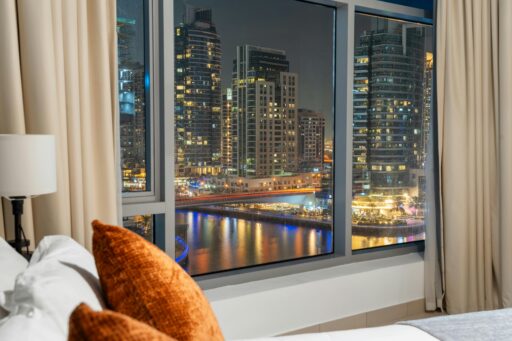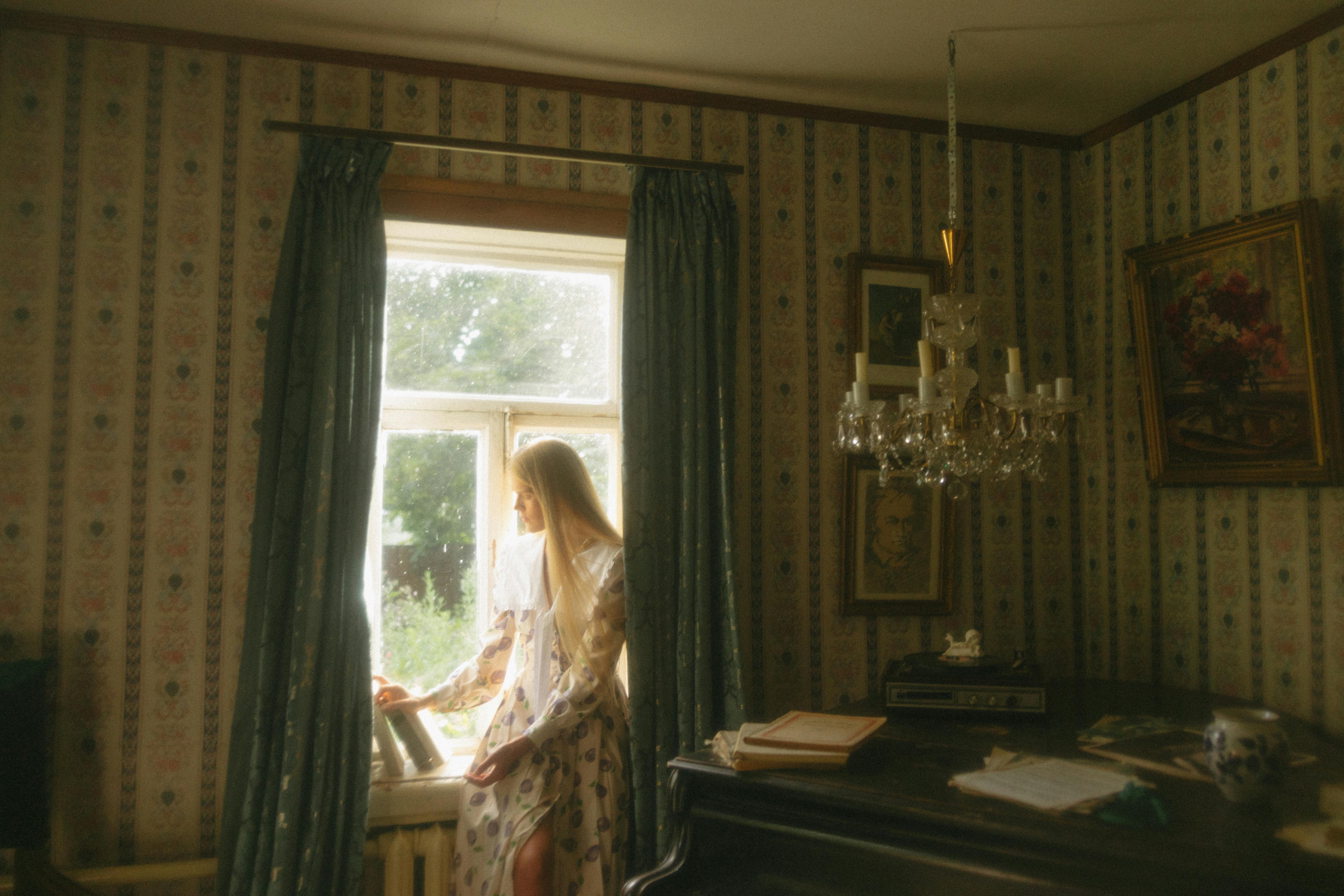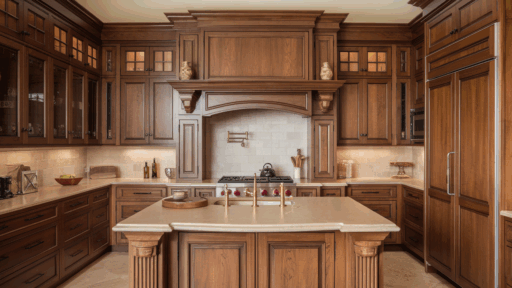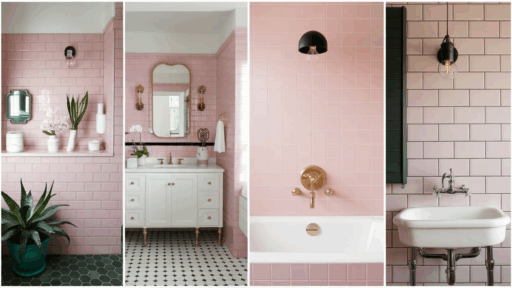Bringing festive excitement to homes and neighborhoods often includes installing holiday lights, but many wonder how much it actually costs. On average, homeowners can expect to pay between $500 and $1,200 for professional installation in this region, depending on the display’s size and complexity.
Services such as design, setup, maintenance, and removal are often included when it comes to holiday light installation in the Twin Cities, helping create a safer and more convenient experience during the holiday season. When comparing installation options, it’s important to look beyond just the base price.
Some providers offer flat rates or free estimates, while others charge based on display type or number of fixtures. Understanding how holiday light installation is priced in the Twin Cities can help residents budget more effectively and avoid unexpected costs.
Key Takeaways
- Typical costs range from $500 to $1,200.
- Services usually include design, setup, and removal.
- Free estimates help homeowners plan their displays.
Understanding Holiday Light Installation Cost in the Twin Cities
Holiday light installation costs in the Twin Cities are shaped by several factors, including home size, display complexity, and material choices. Costs also differ based on whether homeowners hire professionals or opt for a do-it-yourself approach.
Key Factors Affecting Pricing
Several elements impact the final price for holiday light installation in Minneapolis and St. Paul. Home size and architectural features play a major role, as larger homes or intricate rooflines require more lights and setup time. The total length of lights needed, measured in linear feet, often determines material and labour costs, especially for multi-storey properties.
Type and quality of lights also influence cost. Commercial-grade LED lights are pricier than basic incandescent bulbs but tend to last longer and consume less energy. Additional features, such as timers or custom designs, further increase the price. The time of year can also affect availability and installation fees, with peak holiday season often costing more.
Average Cost Ranges for Minneapolis and St. Paul
For professional holiday light installation in the Twin Cities, most homeowners can expect to pay between $2 and $5 per linear foot for commercial-grade displays. This price typically covers the cost of both materials and labour. For a three-storey home, installation costs generally range from $700 to $1,800, though larger homes and extensive displays can be higher.
Smaller residences or those opting for basic displays may see lower costs, while custom installations or premium lighting may push prices upward. These price ranges reflect typical offerings in the Minneapolis and St. Paul area, where reputable companies often charge flat or per-foot rates for residential jobs.
Differences Between DIY and Professional Installation
DIY installation costs much less upfront, limited mainly to the purchase of lights, clips, and related supplies. However, homeowners take on all the preparation, ladder work, and safety considerations. Maintenance and storage of the lights also become their responsibility.
Professional installation is more expensive, but it includes design consultation, supply of commercial-grade lights, installation, ongoing maintenance, and often removal after the holiday season.
Most Minneapolis and St. Paul installation services offer warranties on their work, reducing risk for homeowners. For a stress-free experience and advanced designs, many residents in the Twin Cities opt to hire professionals, especially for larger or more complex installations.
What’s Included in Professional Holiday Light Installation Services
Professional holiday light installation services offer a seamless experience from planning and design to takedown and storage. These services often use high-quality materials and tailor each step to the property’s specific needs, taking the stress out of holiday decorating.
Consultation and Custom Design
Every installation begins with a detailed holiday light consultation to understand the homeowner’s preferences, budget, and goals for the outdoor holiday lights display. A lighting specialist will inspect the property, noting key features such as eaves, rooflines, trees, and walkways.
The professional then creates a custom design tailored to the client’s vision, often providing a mockup or diagram. Attention is paid to symmetry, colour choices, and optimal placement to enhance curb appeal and create a cohesive holiday light display. Specific recommendations may include string lights, icicle lights, or net lights, depending on the structure and landscaping.
This process eliminates guesswork and ensures all elements—from safety to style—are thoughtfully planned. Clear communication during consultation means the installation matches the client’s expectations, even for intricate or ambitious holiday displays.
Product Selection: LED Lights, Timers, and Accessories
Professional installers typically use commercial-grade, energy efficient lighting options such as LED lights. These last longer and reduce electricity costs compared to traditional bulbs. Selection also includes weatherproof outdoor lighting suitable for winters.
Automatic timers are commonly integrated into systems to control when lights turn on and off. This enhances convenience and energy savings, ensuring the display operates only as needed.
Installers also bring their own accessories, such as durable clips, extension cords, and proper connectors. They ensure everything is safe and code-compliant. By supplying equipment themselves, professionals help avoid product mismatches or shortages.
Conclusion
Holiday light installation costs in the Twin Cities usually start at around $500 and can reach $1,800 or more depending on factors such as home size, number of stories, and design complexity. A typical two-storey home will see figures between $800 and $1,200.
Commercial properties or elaborate residential displays can increase the price further. For those budgeting, it helps to compare quotes and clarify what’s included, as prices may change with additional features or seasonal demand.








